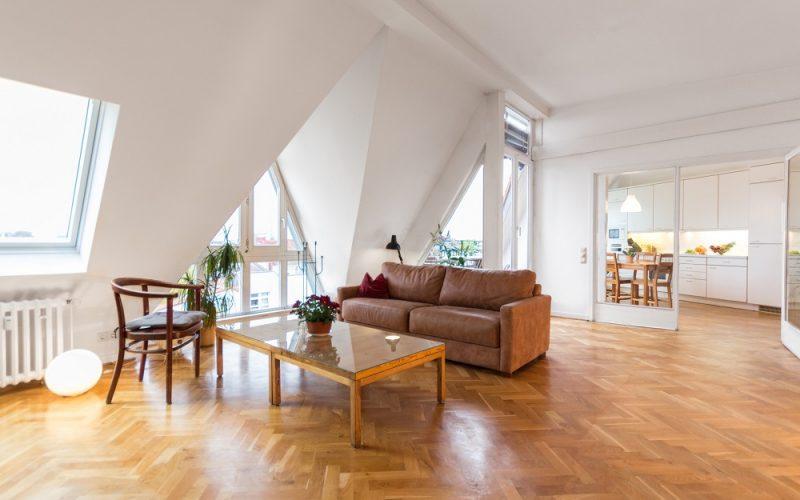
Engineered timber is an artificial wood variety manufactured by gluing or combining particles or strands. This timber variety comes in handy when you require customized shapes and sizes that you cannot find in natural wood. They can even be made from disposed of wood pieces, using heat and chemical treatments. Engineered wood is used for construction, industrial applications and home décor.
Types Of Engineered Timber
- Plywood
Plywood is often the standard engineered wood. It is manufactured by cross-laminating veneer sheets and attaching them with moisture-resistant adhesives. The composition process is carried out under extreme heat and pressure. Plywood is the ideal engineered wood for making panels and frames. This timber is highly robust and is very cost-effective. You can also find them in larger sizes than hardwood.
- Blockboard
Blockboard is another type of engineered timber made by gluing together a core of bands of softwood. They are then placed between veneers of solid hardwood that are glued together under high heat and pressure. The bands have a width of about 25mm. Moreover, a blockboard is more cost-effective than plywood. They are light in weight and are perfect for indoor construction such as manufacturing doors. However, this timber is not suitable for outdoor construction.
- Laminate Veneer
Laminate veneer lumber is manufactured by connecting many layers of thin wood using adhesives. This type of timber looks very similar to plywood. A laminate veneer is highly durable and has a uniform strength. It also has a rigid structure, which is why it does not shrink or damage easily.
- MDF Board
MDF (Medium-density fibreboard) is manufactured using both hardwood and softwood fibres. The fibres are connected using resin binder and wax to create panels of wood. The adhesion is done under high pressure and heat. This type of engineered timber has a very smooth finish and uniformity and are very durable. It is thicker than plywood and is perfect for indoor construction and painting.
- Particle Board
Particleboard is a cost-effective and eco-friendly engineered timber. It is manufactured using wood wastes such as sawmill shavings, chips and sawdust. It is also a lot more consistent than hardwood or plywood. Painting or sealing can help increase the durability of this timber.
Why Use Engineered Timber?
When it comes to the comparison of original timber and engineered timber, the later one has many plus points. Given below are a few reasons why you should go for engineered wood:
- Engineered wood is sturdier than hardwood because of its thickness and multi-directional grain layers.
- Since they are man-made, you can customize these timbers in any size or shape of your requirement.
- Moreover, engineered timber does not damage with exposure to water or shrink quickly compared to conventional wood.
- Also, it is a highly sustainable alternative to wood since it is made from wood waste and requires lesser tree lumber than hardwood.
Uses Of Engineered Wood In Construction
Following are uses of different types of engineered wood in construction:
- Blockboard is used in making doors, shelves, partitions and panels. You can also use them to make sturdy tables.
- Plywood can be used for various constructions such as furniture, roofing, flooring, making cabinets, interior walls and exterior wall sheathing.
- Particleboard can be used in making shelves, carpentry, furniture, and even false ceilings.
- MDF board is an ideal choice for making office and kitchen cabinets, furniture and even flooring. However, it is not suitable for the outside location and can get damaged.
- Laminate Veneer is used to make doors, furniture, and kitchen cabinets. It has an artificial plastic-like finish which makes it perfect for making doors.
- Cross-Laminated Timber (CLT) is used in the manufacture of furniture, even flooring and walls.
Conclusion
Engineered wood is gaining popularity because of its sustainability, durability and look and feel. People are opting for environment-friendly construction options, and engineered wood is the most common among them. The come in many varieties and are cheaper than solid hardwood. However, you must choose the right kind of engineered timber to get the best outputs.





